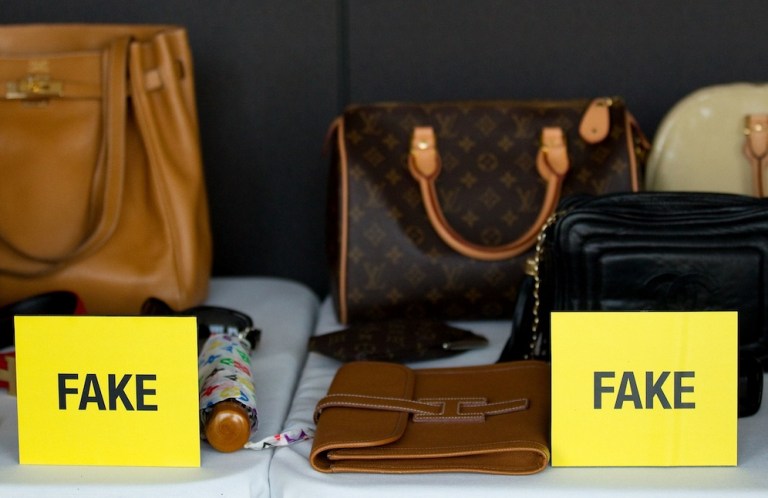Jewel Paymentech Takes On Marketplace Counterfeits

Amazon and Alibaba may be the most high-profile eCommerce marketplaces, but they are far from the only ones, especially in smaller international markets, where hundreds of platforms are aggregating wares from hundreds of sellers to serve more local clientele.
Reaching underserved customers is a good thing, and many of these marketplaces are seeing healthy growth. But Wooi Siang Lee, president and COO at Jewel Paymentech, said with growth comes new challenges for the operators of these sites.
More sellers and products can mean less control and visibility into what exactly is being listed. If a seller spends the night uploading a thousand new products, any operator would be hard-pressed to review them all in the morning, and the problem only gets bigger as the operation scales.
Lee said this can lead to issues such as brand-infringing and counterfeit products, like fake Coach and Prada bags, that slip under the operator’s radar and can get the marketplace in trouble — or, at the very least, damage its reputation among buyers.
It can also lead to products such as pharmaceuticals or health supplements being sold in regions where regulators have not approved the sale of those substances. If consumers buy these products and suffer any health issues as a result, Lee said, the blame falls on the marketplace owner.
Jewel Paymentech extended one of its existing products, One Sentry Marketplace, in 2016 to help address these issues. One Sentry Marketplace is a web tool to help banks identify merchants selling illegal products. Lee said the startup simply applied the same approach to a marketplace scenario.
By connecting to the marketplace via an application programming interface (API), he said, the startup is able to scan all listed products automatically to search for anything that infringes on intellectual property rights or which could violate regional health regulations. Product descriptions, price ranges and images (particularly ones that include text as part of the image) are skimmed and allowed or flagged without any additional work by the marketplace operator.
While it’s difficult to put a dollar value on “doing the right thing,” Lee said there is real value for marketplaces that add this layer of diligence.
First, he said, it improves the marketplace’s brand image and creates consumer confidence, which can lead customers to show loyalty to marketplaces they trust over ones with lesser reputations.
Second, it aids the bottom line by helping to reduce chargebacks to the operator from banks and gateways, thus reducing operational costs.
Lee said that, since its launch in 2016, the product has reduced the number of intellectual property-infringing products, weapon sales and counterfeit software sales for marketplaces using it.